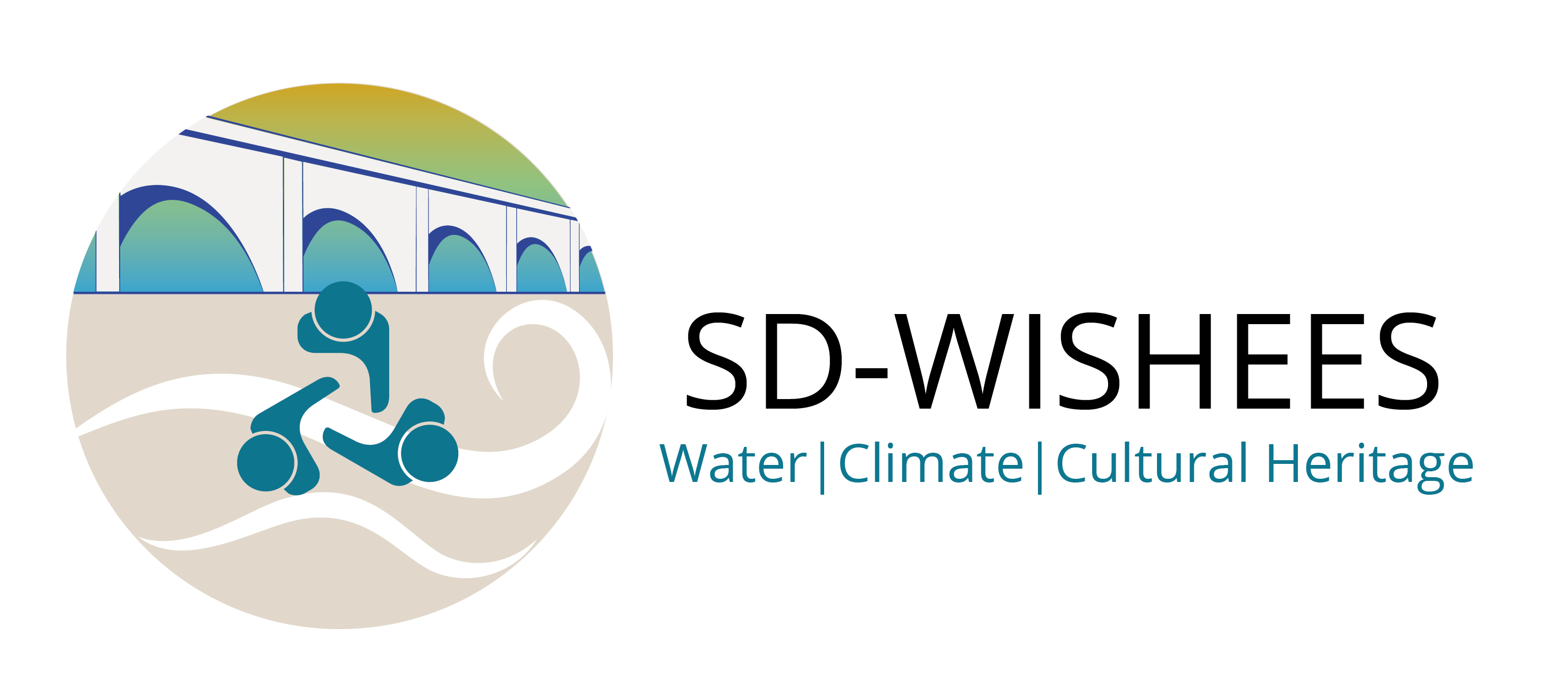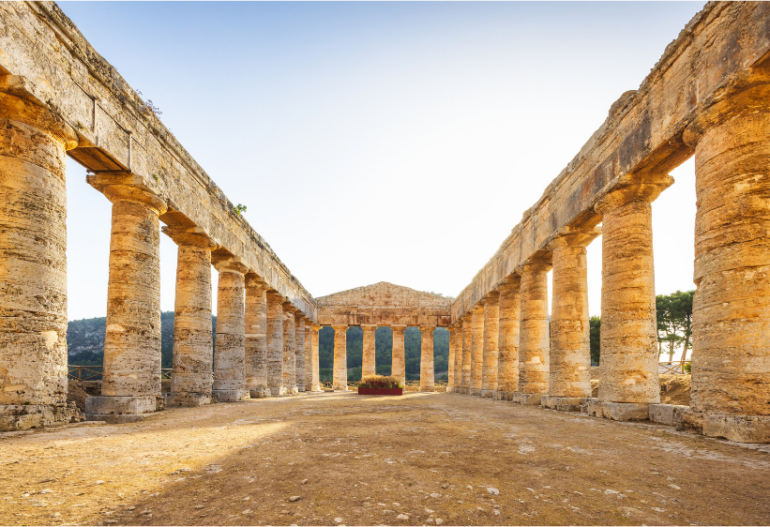WP6 has been designed to identify practices and means of enhancing and widening the market, regulatory, and societal uptake of R&I outcomes with a particular emphasis on those enhancing the science-policy-society interface. The primary objective is to identify and examine pathways, along with associated instruments and activities, designed to facilitate the uptake of R&I outcomes related to the adaptation of cultural heritage in response to hydroclimatic extremes.
In pursuit of this goal, the WP6 team developed a roadmap and joint workplan, harmonizing and linking its activities with relevant aspects of WP2 and WP5. In 2023 these guided a desk review under Task 6.1 ‘Innovation Pathways, Utility, Barriers, and Enablers’. The review examined both grey and scientific literature to identify existing and promising pathways, including thirty-one reports from diverse sources such as the European Commission, ICOMOS, UNESCO, R&I and heritage networks/projects, and forty-five research articles. Using a snowball approach, further documents were analysed and initial interviews were conducted with some proponents. The focus was on gathering pertinent information, including experienced enablers and barriers, about that used to direct respective efforts supporting the uptake of R&I outcomes.
This desk review has identified approximately fifty pathways that have been specifically developed and tailored to deliver R&I outcomes. The identified pathways include those specifically designed with the aim of facilitating the uptake of R&I outcomes related to diverse hydroclimatic extreme events (e.g., droughts and floods) and focusing on diverse heritage elements, including intangible aspects like agricultural and cultural traditions, natural heritage such as protected sites and natural assets, or tangible assets encompassing historic sites and artefacts.
These identified innovative pathways and associated instruments and mechanisms span a wide spectrum of tools, technologies, and approaches designed to facilitate the uptake of R&I outcomes. They include those intended to inform the assessment of climate impacts and variability, vulnerability of cultural heritage, and implications for its conservation. Additionally, the pathways involve instruments and activities geared towards building capacity, disseminating and testing solutions, and generating evidence and knowledge to facilitate uptake and thereby influence policy and management practices (e.g., platforms, toolboxes, training, and demonstrative initiatives). The influence they are having is manifested through specific instruments to create enabling environments including decision-support tools, replicability plans, and regulatory, policy, and market arrangements including urban plans, adaptation strategies, or business plans to create space and momentum around innovative solutions.
The overarching intention for these 2023 activities has been to accumulate an initial knowledge base (snapshot) to inform a more in-depth analysis and targeted stakeholder engagement activities planned for 2024 (e.g., interviews and workshops with stakeholders) to complement and validate gathered information.




